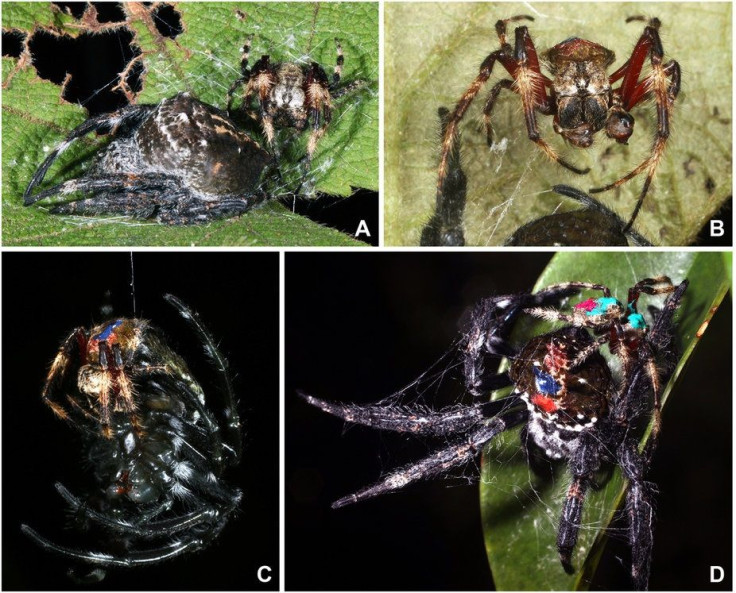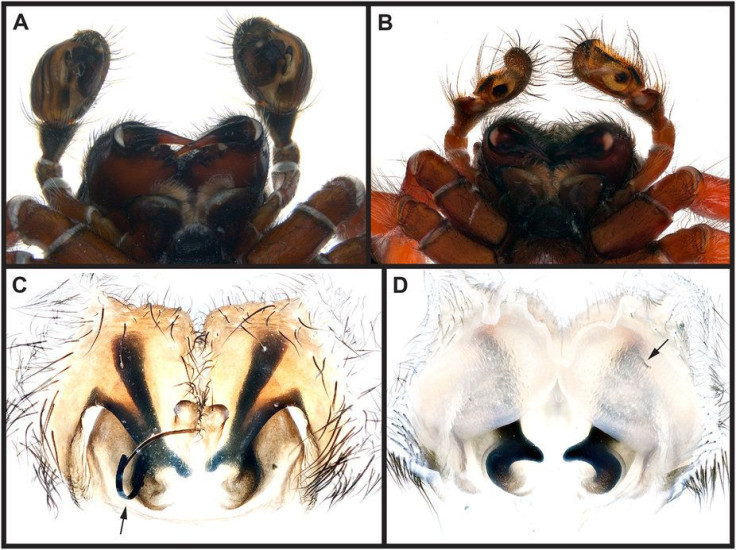Female Madagascan Darwin bark spiders force males into oral sex and then kill sex mate

If there is spider porn, the way the female Madagascan Darwin bark spiders treat her sex partner would be classified S&M. Even scientists observing the species were surprised to discover that a giant female spider forces male spiders to perform oral sex on her. Its behaviour appears to be the opposite of the redback spider which recently bit a Sydney man on his penis.
And the cunnilingus, which is followed by killing the male spiders, happens not just once but up to 100 times, reports Punemirror. If the female spiders could do that to the males, it is because of their sheer size, being several times bigger and heavier than males which are about just one-third her size.
The Slovenian researchers point out that oral sex is rare in the animal kingdom. Besides mammals, no animals engage in fellatio, and cunnilingus is rarer, until they observed this species. The study, published in Scientific Reports, cites macaques, lemurs, bonobos, hyenas, cheetahs, lions, dolphins and bats as mammals that engage in oral sex.
The male arachnids are either eaten by the female spider after forced oral sex or his genitals are mutilated by rival male spiders. However, despite the threat to their genitals or lives, the male spiders “routinely salivate onto female genitalia before, during and after sex.” The scientists explain this unusual behaviour to boost the male spiders’ chance of mating by displaying their quality as sex partner or creating a chemical environment to favour the male’s sperm over its rivals.
“This would be an adaptation for lowering sperm competition, and would function analogously to seminal toxins and aggressive sperm known in insects,” states the study. However, the authors note that while those two possibilities are intriguing, it requires further testing outside the research’s scope.

The spider, discovered in 2009, belongs to the Caerostris darwini species and was named in honour of Charles Darwin when the publication of his “The Origin of Species” celebrated its 150th year. The arachnid produces up to 30 square feet of web, with its silk being one of the strongest biological materials studies, 10 times tougher than a Kevlar of similar size. With that size of web, the spider could catch 30 or more prey insects at any one time.
Professor Ingi Agnarsson, director of the Museum of Zoology at the University of Puerto Rico, led the team that discovered the species in Madagascar’s Namorona River in the Ranomafana and Fianarantsoa Provinces. By building its web with the orb suspended directly above the river, the spider catches insects flying over the water, reports BBC.





















